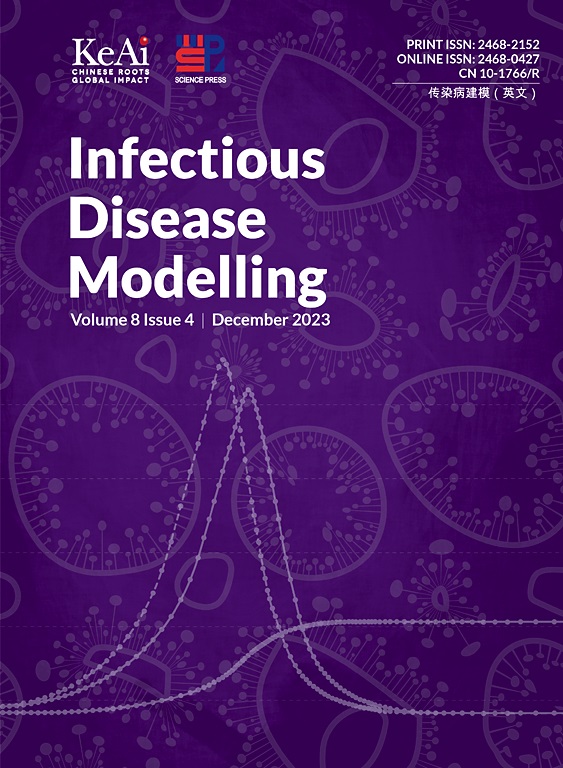Rapid aging of influenza epidemics in China from 2005/06 to 2016/17: A population-based study
IF 2.5
3区 医学
Q1 Medicine
引用次数: 0
Abstract
Background
China is an aging society, and the older population is at a higher risk of influenza infection and influenza-related mortality. However, there is limited knowledge regarding the aging of influenza epidemics, which is crucial for estimating the disease burden.
Methods
We collected weekly influenza surveillance data from 2005/06 to 2016/17, and quantified the aging of influenza-like illness (ILI) and influenza virus-positive cases in China via the mean age of the influenza cases and the proportion of individuals aged 65 and above among the influenza cases.
Results
On average, the mean age of ILI cases and influenza-positive cases increased by 0.52 years and 0.60 years per year, respectively, which is approximately three times the annual increase in the mean age of the population. Additionally, the proportion of individuals aged 65 and above among influenza-positive cases increased from 0.5% to 4.0%. The aging of patients infected with influenza B/Yamagata was the most rapid, with a mean age increase of 0.73 years per year, followed by those infected with influenza A (H1N1) and influenza A (H3N2). Conversely, there was no significant increase in the mean age of patients infected with influenza B/Victoria. The aging rate of influenza epidemics in southern China was significantly higher than in northern China.
Conclusions
Based on estimates of excess mortality due to influenza from 2010/11 to 2014/15, by 2050, the annual number of respiratory disease-related deaths associated with influenza is projected to increase 2.5-fold. This finding highlights the importance of influenza vaccination among older individuals in China.
2005/06 - 2016/17年中国流感流行的快速老龄化:一项基于人群的研究
背景中国是一个老龄化社会,老年人群感染流感和流感相关死亡的风险更高。然而,关于流感流行的老龄化知识有限,这对估计疾病负担至关重要。方法收集2005/06 ~ 2016/17年每周流感监测数据,通过流感病例的平均年龄和65岁及以上人群占流感病例的比例,量化中国流感样疾病(ILI)和流感病毒阳性病例的老龄化。结果ILI病例和流感阳性病例的平均年龄分别平均每年增加0.52岁和0.60岁,约为人口平均年龄年增长的3倍。此外,65岁及以上人士在流感阳性个案中所占比例由0.5%上升至4.0%。B型/山形型流感患者的老龄化速度最快,平均年龄每年增长0.73岁,其次是甲型H1N1流感和甲型H3N2流感。相反,感染B型/维多利亚流感的患者的平均年龄没有显著增加。南方流感流行的老龄化率明显高于北方。根据2010/11至2014/15年流感造成的超额死亡率估计,到2050年,与流感相关的呼吸道疾病相关死亡人数预计将增加2.5倍。这一发现强调了在中国老年人中接种流感疫苗的重要性。
本文章由计算机程序翻译,如有差异,请以英文原文为准。
求助全文
约1分钟内获得全文
求助全文
来源期刊

Infectious Disease Modelling
Mathematics-Applied Mathematics
CiteScore
17.00
自引率
3.40%
发文量
73
审稿时长
17 weeks
期刊介绍:
Infectious Disease Modelling is an open access journal that undergoes peer-review. Its main objective is to facilitate research that combines mathematical modelling, retrieval and analysis of infection disease data, and public health decision support. The journal actively encourages original research that improves this interface, as well as review articles that highlight innovative methodologies relevant to data collection, informatics, and policy making in the field of public health.
 求助内容:
求助内容: 应助结果提醒方式:
应助结果提醒方式:


